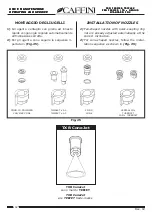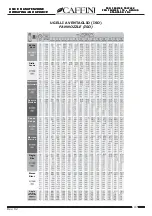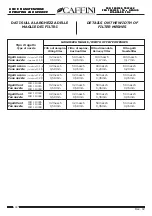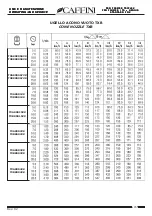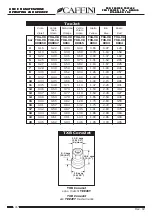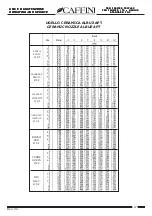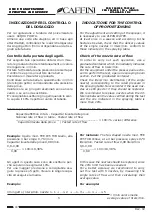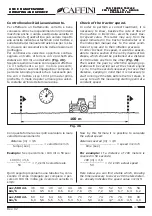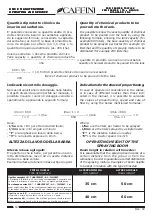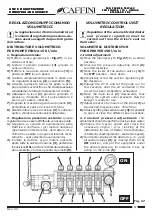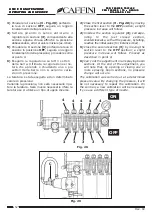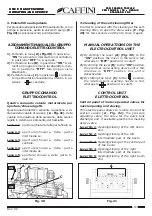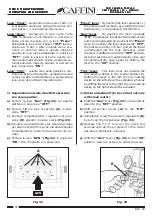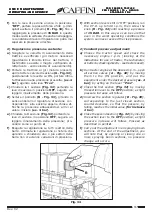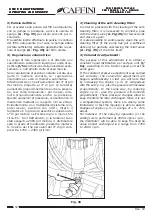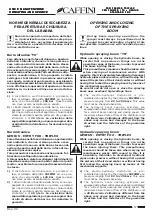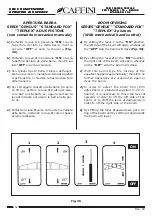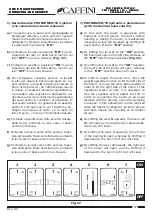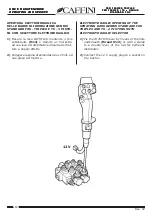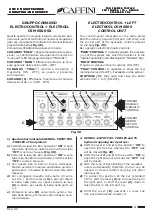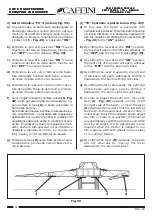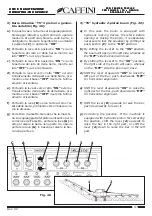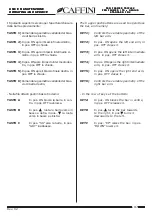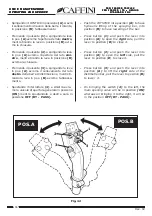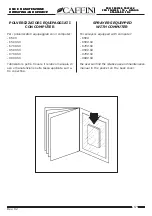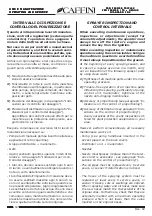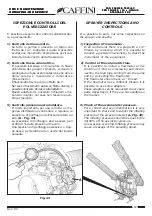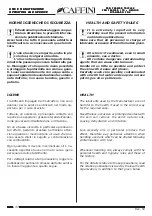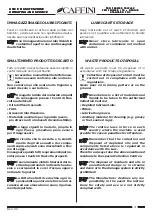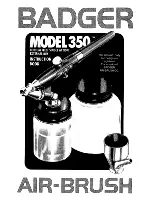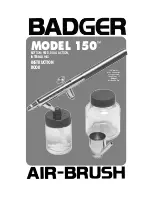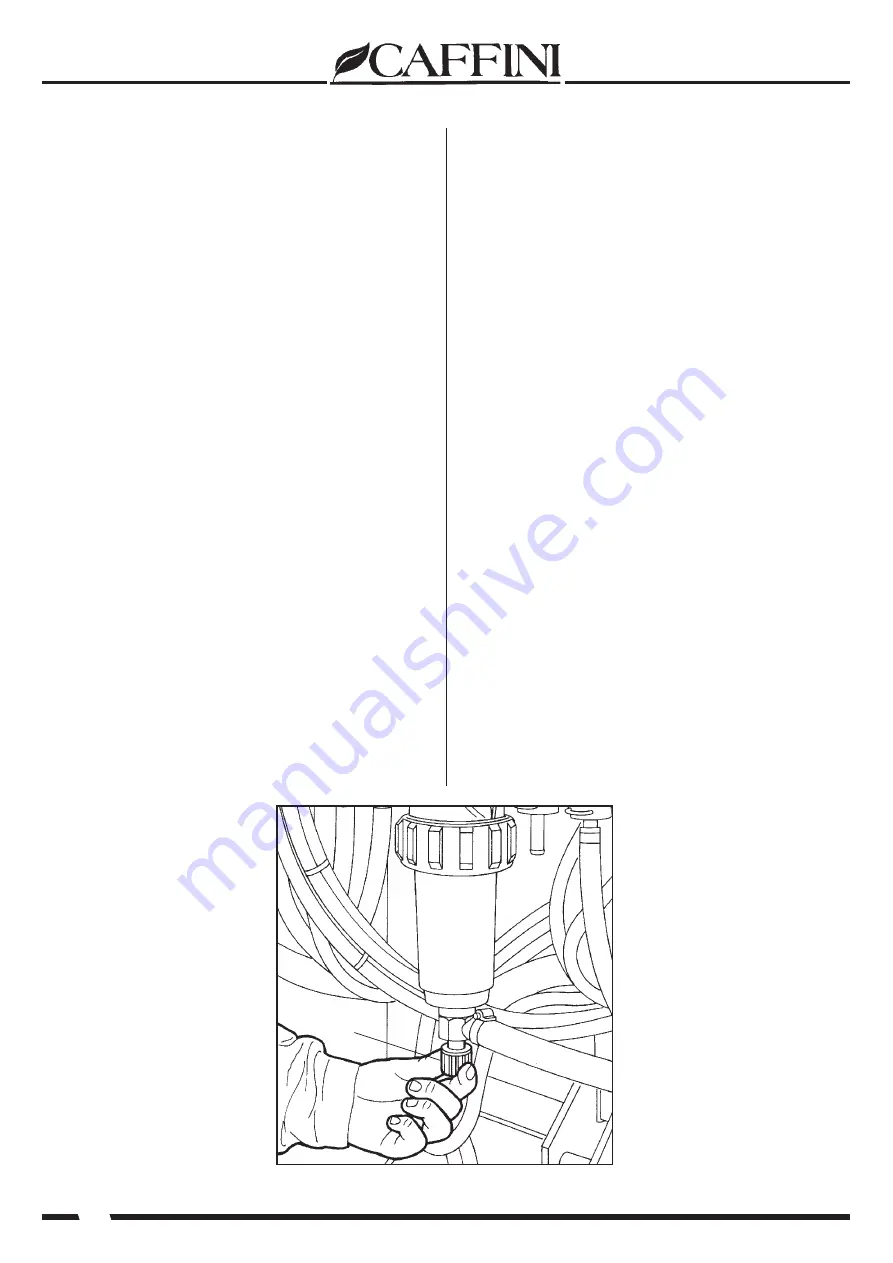
56
12345678901234567890123456789012123456789012345678
12345678901234567890123456789012123456789012345678
12345678901234567890123456789012123456789012345678
12345678901234567890123456789012123456789012345678
12345678901234567890123456789012123456789012345678
12345678901234567890123456789012123456789012345678
12345678901234567890123456789012123456789012345678
12345678901234567890123456789012123456789012345678
12345678901234567890123456789012123456789012345678
12345678901234567890123456789012123456789012345678
12345678901234567890123456789012123456789012345678
12345678901234567890123456789012123456789012345678
12345678901234567890123456789012123456789012345678
12345678901234567890123456789012123456789012345678
12345678901234567890123456789012123456789012345678
12345678901234567890123456789012123456789012345678
PRO FARMER TRIPLEX
PRO FARMER TRIPLEX
PRO FARMER TRIPLEX
PRO FARMER TRIPLEX
PRO FARMER TRIPLEX
PRO FARMER / TS • GENIUS
PRO FARMER / TS • GENIUS
PRO FARMER / TS • GENIUS
PRO FARMER / TS • GENIUS
PRO FARMER / TS • GENIUS
STANDARD FOX
STANDARD FOX
STANDARD FOX
STANDARD FOX
STANDARD FOX
USO E MANUTENZIONE
USO E MANUTENZIONE
USO E MANUTENZIONE
USO E MANUTENZIONE
USO E MANUTENZIONE
OPERATING AND SERVICE
OPERATING AND SERVICE
OPERATING AND SERVICE
OPERATING AND SERVICE
OPERATING AND SERVICE
Rev. 02
3) Pulizia del filtro:
Per procedere alla pulizia del filtro autopulente,
con la pompa in pressione, aprire la valvola di
spurgo
(A - Fig. 35)
per alcuni secondi, poi ri-
chiuderla.
E’ possibile inoltre effettuare la pulizia in continuo
del filtro autopulente (nel caso la pompa abbia
portata sufficiante) svitando parzialmente la val-
vola di spurgo
(A - Fig. 35)
del filtro stesso.
4) Regolazione volumetrica:
Lo scopo di tale regolazione è di ottenere uno
spandimento costante di liquido per unità di su-
perficie
(l/ha)
in funzione della velocità di avan-
zamento e nell’ambito della stessa marcia.
Se la regolazione pressione costante è stata ese-
guita in maniera corretta, la regolazione
volumetrica si avrà in maniera automatica.
Infatti noteremo che all’aumentare del n° di giri
del motore (rispetto ai n° di giri di taratura)
aumenterà proporzionalmente anche la pressio-
ne, così come diminuendo i giri motore, dimi-
nuirà proporzionalmente anche la pressione.
Queste variazioni di pressione, consentiranno di
mantenere inalterato il rapporto litri su ettaro.
Evidentemente, non trattandosi di sistema com-
puterizzato, esistono dei limiti, infatti il
regolatore è in grado di assorbire variazioni del
n° di giri motore nell’ordine di piu’ o meno 15%
circa. Es.: Se il trattamento (o la taratura) sono
stati eseguiti a 2000 giri motore, il distributore
sarà in grado di mantenere pressoché inaltera-
to il valore dei l/ha per valori del n° di giri com-
presi tra 1700 ÷ 2300 giri/min.
3) Cleaning of the self-cleaning filter:
In order to proceed with the cleaning of the self-
cleaning filter, it is necessary to connect a pipe
with the drain valve
(A - Fig. 35)
for few seconds
and close it again.
It is also possible to continuously clean the self-
cleaning filter (if the pump has got a sufficient
delivery) by partially unscrewing the relief valve
(A - Fig. 35)
of the filter itself.
4) Volumetric adjustment:
The purpose of this adjustment is to obtain a
constant liquid distribution per surface unit
(l/
ha)
, according to the tractor speed and at the
same gear.
If the constant pressure adjustment was carried
out correctly, the volumetric adjustment will
happen automatically. In fact you will note that
by increasing the engine r.p.m. (in comparison
with the set r.p.m.), also the pressure will increase
proportionally. In the same way, by reducing
engine r.p.m., also the pressure will diminish
proportionally. These pressure changes allow to
keep the liters/ha ratio unchanged. Since it is not
a computerized system, there are clearly some
limitations; in fact the regulator is able to absorb
changes of engine r.p.m. in a range of + 0 - 15%
about.
For instance: If the spraying operation (or the
setting) were performed at 2000 engine r.p.m.,
the distributor will be able to keep the liter/ha
value almost unchanged in a range from 1700
to 2300 r.p.m.
Fig. 35
A

